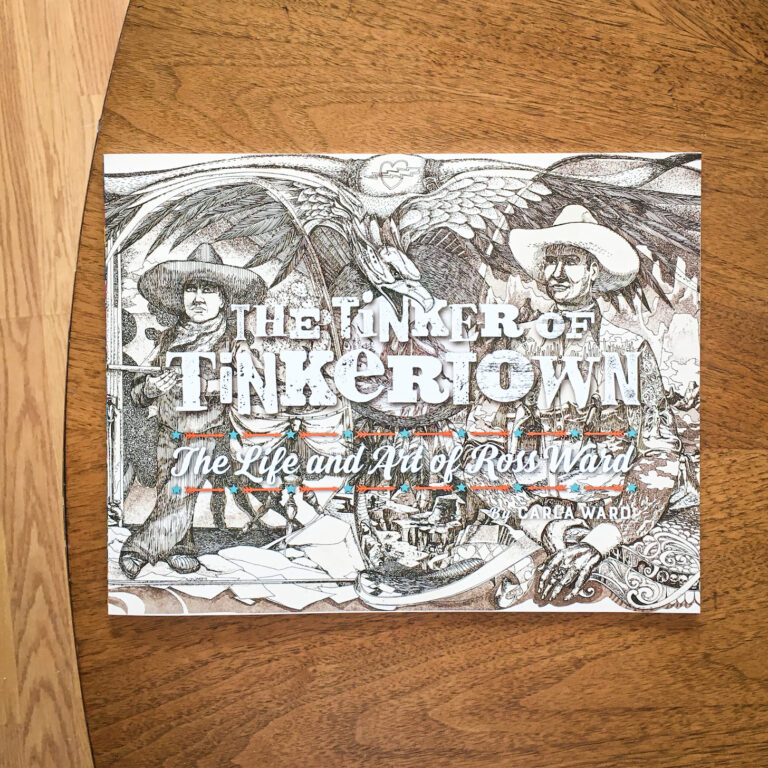Playgrounds are places for picking favorites. Not just in games of Capture the Flag and Red Rover, but for equipment as well. Most of my elementary school classmates favored the slide. The gymnastics girls always hogged the monkey bars to show off how well they could dangle by a single foot. Me, I loved the swing. Specifically, a fraying yellow rope hanging at the corner of the playground, away from the hustle of Hide and Seek. The day it broke, I held a piece of it in my hands and cried.As adults, we don’t get to visit a lot of playgrounds. The ones we do spend time in usually aren’t built for us. But the just-opened biennial exhibit at SITE Santa Fe, Lucky Number Seven , may be an exception. After two years of preparation by 25 international artists, the result is an inquisitive and rollicking foray into contemporary art. Large, stark, light-soaked spaces dip into dark, cave-like pockets. One hallway ends with an invitation to jump off its edge onto a mass of giant black cushions. Another reveals tucked-away corners with inconspicuous cut-away windows. An airplane kite crashes into a wall, blowing an armchair-wide hole in it—the wrecked kite hovers above an empty, white room that looks like it should house a racquetball court. A wall-sized projection asks you to touch it, and part of it turns to respond.The mission of Lucky Number Seven , SITE Santa Fe’s seventh international biennial, as proposed by Curator Lance M. Fung was fourfold: to use emerging artists, to ask them to make new commissions, for those commissions to be site-specific and, therefore, ephemeral. What this means is that all installations were made specifically for and designed around SITE Santa Fe. When the show is over, so are the works of art.The most popular exhibit when I went turned out to be one of my favorites as well, and it did an admirable job addressing Fung’s mission. Studio Azzurro’s The Fourth Ladder is a work of interactive media consuming a large, black room. Spencer Neale, a intern working with Azzurro (a group from Milan, Italy) who set up the installation, was on hand to explain the exhibit and answer questions. Azzurro spent four days in both Taos and Santa Fe, Neale said, stopping locals to ask them about their "most sacred place." The result is "an emotional map of northern New Mexico."To the side of the room is a projection divided in two: on the left, faces of the people Azzurro stopped appear, talking about their sacred places and why they’re meaningful; on the right, video rolls of corresponding mesas and valleys. On the main wall of the exhibit is another, much bigger projection. Larger-than-life people gradually tread up a long slope, seemingly undeterred. If you look closely, you’ll notice that the people walking in the foreground are the same people telling their stories on the first projection. If you reach out to touch one of the moving figures, it stops, turns to face you and gives you directions on how to get to its sacred place. The only problem with the exhibit is that, due to the amount of people at the gallery, it was almost impossible to hear the figures talking through the speakers. On quieter days, this probably isn’t an issue.But the exhibit that touched me the most was Scott Lyall’s anatmospheric perspective , based off more than 65 public murals that were commissioned in New Mexico from the mid-’30s through the Great Depression. Lyall served mainly as the director for this project, asking a selection of New Mexico artists to paint the space he had been given. (Lyall was on site when I went and said when the invitation to claim space at the gallery was sent out, he asked for whatever was left over. He ended up with a huge wall divided by another, plus a little extra.) In order not to "constrain" the process, Lyall wrote in his artist’s statement, he didn’t leave instructions to the artists. He simply asked them to "fill" the walls, in any way they found "relevant, personally challenging, or amusing."When they were finished, Lyall peeled back tape that had been placed previously on the walls, creating a series of equally sized, floor-to-ceiling panels. He then covered the panels with laser-perforated vinyl, making them appear as though they’re comprised of millions of tiny, colored dots.The final piece is a muted array of pinks, blues and yellows, merging somewhere between mural, graffiti and collage. It’s so soft and understated, it almost looks like wallpaper at first glance. When you get closer, it’s easy to see the sweeping styles of the different artists involved, yet there’s no doubt it’s a unified piece. It’s the kind of work you want to wrap yourself in—warm, yet energetic.Like any playground, every visitor’s likely to have pieces they just don’t get, and others they can’t get away from. But what makes this exhibition a success is the urge it gives playground-dwellers to explore. Lucky Number Seven is worth a romp.
Lucky Number Seven runs through Jan. 4, 2009, at SITE Santa Fe (1606 Paseo De Peralta). (505) 989-1199. sitesantafe.org.











